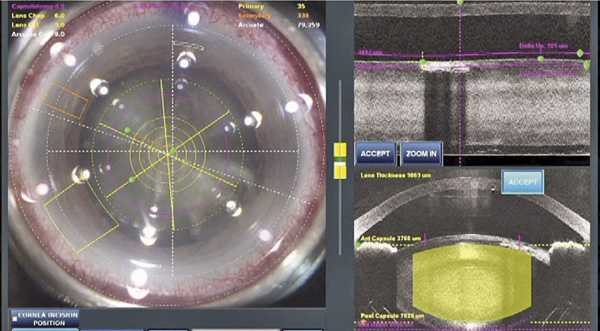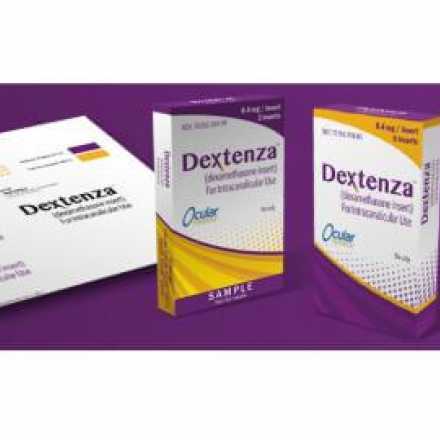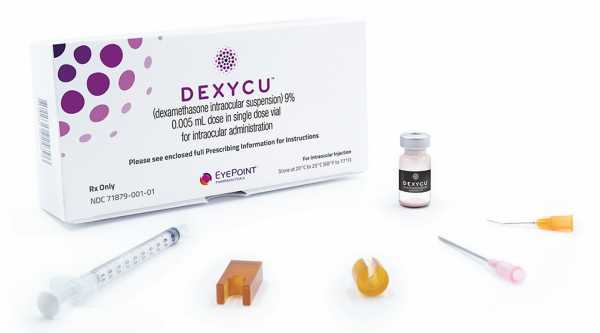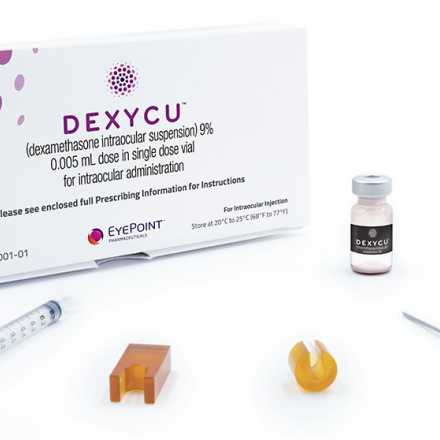
Femtosecond Laser Cataract Surgery
Femtosecond Laser cataract surgery or cataract laser surgery is a new technique that involves femtosecond laser to fragments cataract.
There are currently three companies that are trying to develop new technology in femtosecond laser. These company are LenSx LensAR and OptiMedica.
Femtosecond-pulse lasers are similar to those used for LASIK but Femtosecond laser used in cataract surgery differs from the traditional method of lasik in a number of ways. It uses near infrared light to create subsurface cuts (can reach deeper into the eye up to 7,500 μm in depth) instead of that used in lasik which use ultraviolet light sources called excimer laser which can’t penetrate deep than the cornea (not more than 1,200 μm in depth). In addition, femtosecond pulses are shorter, which allows lower power and less collateral damage.
Image-guided femtosecond laser first will soften or emulsify the cataract into small fragments using shock waves that will create bubble-like implosions. In this procedure the cornea will be protected from heat that generated from the U/S that is used in standard phacoemulsification surgery.
After cataract fragmentation, the image-guided femtosecond laser will also help cataract surgeons to perform limbal and corneal relaxing incisions in a way that will help to decrease corneal astigmatism and also to make sure that these corneal wounds are self-sealed.
After that, femtosecond laser will be used to perform centered, round, custom-designed anterior capsulotomy in any size of the surgeon’s choice which are statistically significantly better than manual capsulotomy in standard phaco surgery.
With femtosecond laser, anterior capsulotomy achieved perfect diameter accuracy in 100% of cases, while only 10% of surgeons' manual cuts were within 0.25 mm error.
After laser anterior capsulotomy is done, the anterior capsule can be removed by a forceps and then a hydrodissection should be made to release the adhesions between the cataract and its surrounding bag or capsule and then irrigation and aspiration is done in the same way as standard phacoemulsification surgery.
Advantages of Femtosecond laser Cataract Surgery
1- Less time than standard Phaco surgery.
2- Less corneal complications than standard phaco surgery due to reduction in phaco power or U/S power.
3- Femtosecond laser can be used to create a perfectly centered, shaped and sized refractive capsulotomy with no radial tears.
4- Good intraocular lens (IOL) centration and improve the outcomes of premium IOL implantation and accommodative IOL insertion because these IOLs need a continuous central capsulotomy to hold them in place.
5- Better visual acuity. In standard phaco surgery, your eye doctor will perform manual corneal incision which has problems like creation of post-operation astigmatism and also these wound are not perfectly self-sealed, causing complications like leakage. However, with image-guided femtosecond laser, the cornea incision will be made will less astigmatism and with special design to enhance stability.
The only disadvantages of cataract laser surgery are the costs; however, if the technology reduces complications, then the benefits may outweigh the costs.









